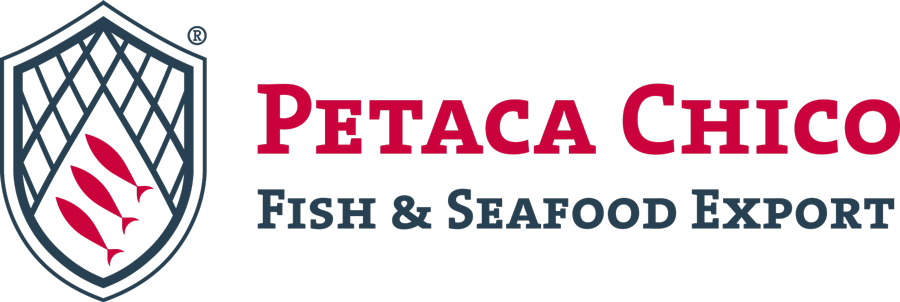| Valor nutricional | |
|---|---|
| Hidratos de carbono por diferencia | 0,27 g |
| Humedad | 77,42 g |
| Proteina bruta | 17,50 g |
| Grasa bruta | 3,50 g |
| Cenizas | 1,31 g |
| Energía | 103 Kcal |
| Energía | 429 Kj |
| Sodio | 0,11 % |
| Ac. grasos monoinsaturados | 30,7 % |
| Ac. grasos poliinsaturados | 30,2 % |
| Ac. grasos saturados | 39,10 % |
| Ac. grasos Omega3 | |
| Ac. alfa-Linoléico | <0,10 % |
| Ac. Eicosatetraenoico | <0,10 % |
| Ac. Clupanódico | 3,60 % |
| Ac. grasos Omega6 | |
| Ac. Linoleico | 2,50 % |
| Ac. gamma-Linolénico | <0,10 % |
| Ac Dihomo-gamma-linolénic | <0,10 % |
| Ac. Araquidónico | 3,50 % |
| Valor por 100 g de producto | |

Red Bream (Besugo)
Pagellus bogaraveoNutritional facts
Full information
(Pagellus bogaraveo ) is also known as ‘painted red bream’ or voraz. It is common to the European occidental and Mediterranean coastal waters to approximately 400m deep. Considered a semi fat fish.
The red bream is a gregarious fish feeding on invertebrates, crustaceans, molluscs, land larvae of other fish. With typical conforming looks, oval shaped, high tight body. Short head, small mouth and big eyes. Flanks are red tinged and the fins are a pinky red.
From a nutritional point of view, it is a food with an important value in selenium, vitamins 812, proteins, water, phosphorous, and is excellent as a food to protect against cardiovascular illness, improve immunology and supply high antioxidants.
Fishing method
Long line, dragline, fishing line and occasionally trawler fishing. In the sport of fishing it is captured at important depths using a kite system.
Similar fish types
Aligote or deep sea bream, Herrera.








